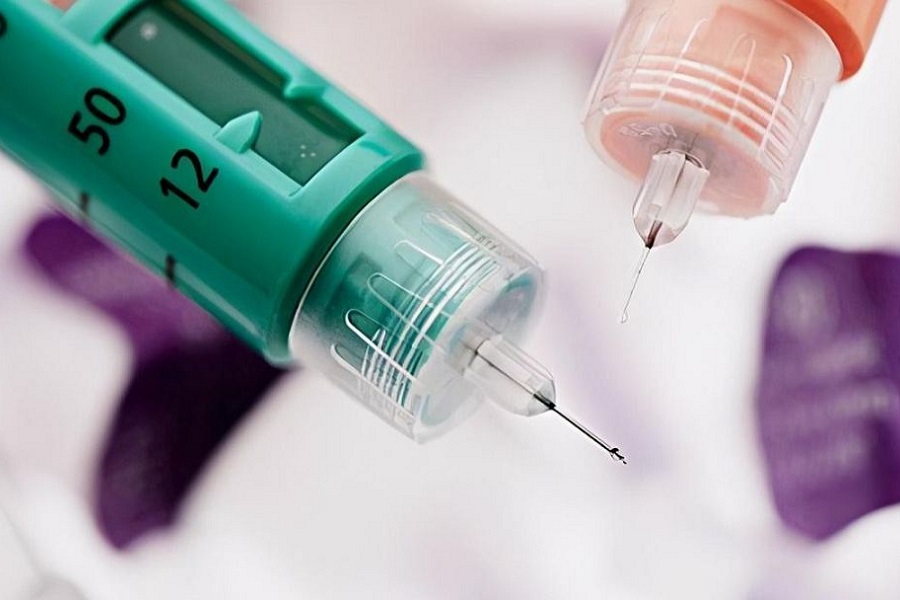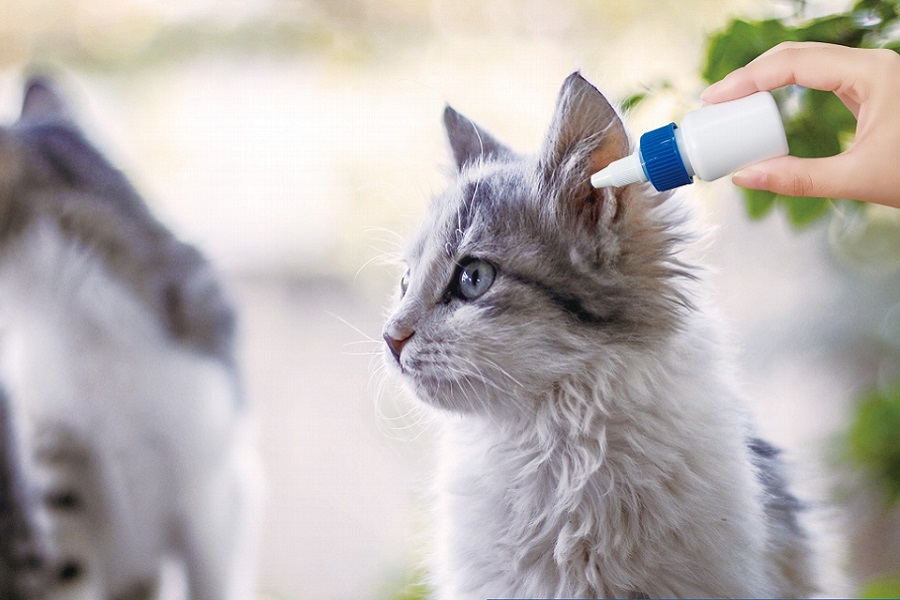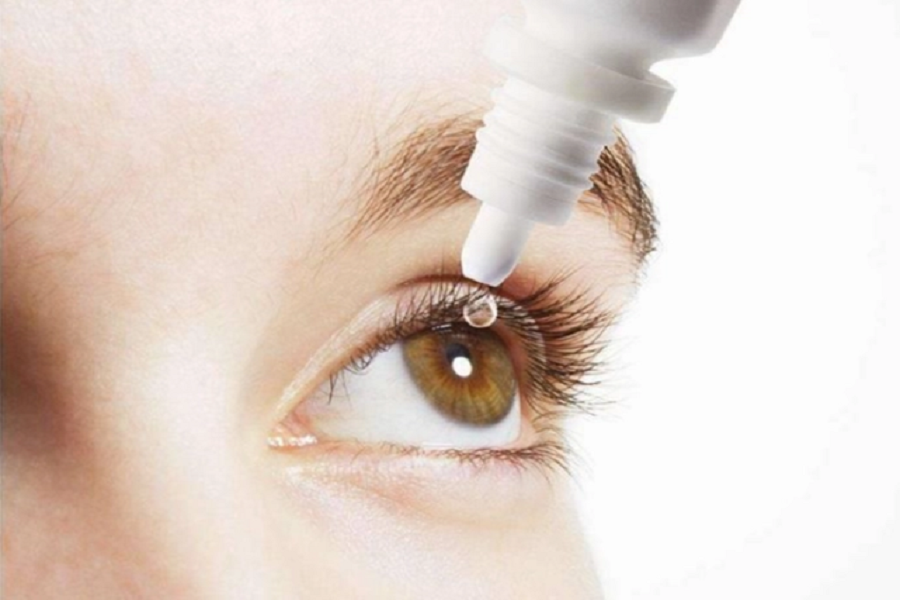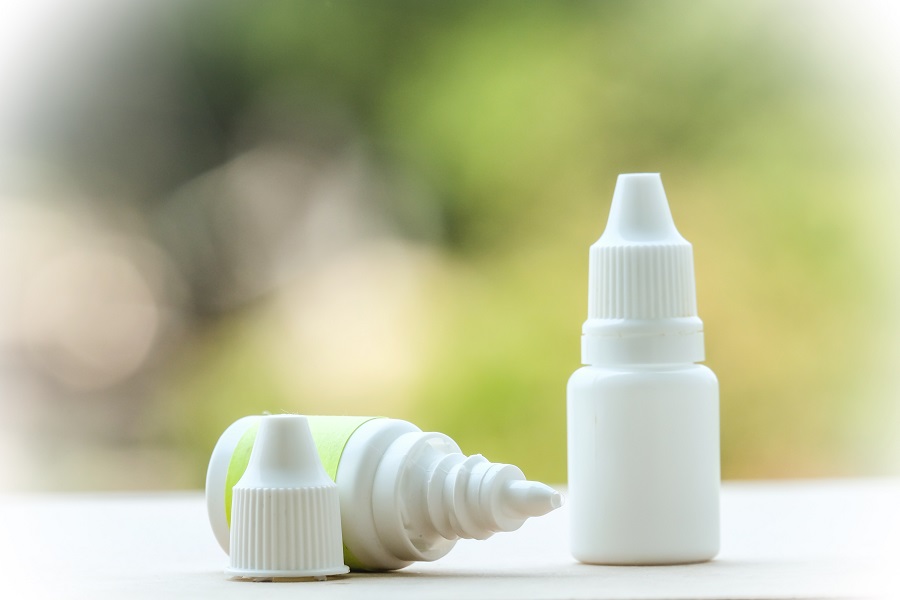When it comes to optimizing the design of an eye drop bottle for effectiveness, there are a few key considerations to keep in mind. Here are some factors to consider:
1. Droplet Size: The size of the droplets dispensed by the bottle is crucial. The ideal droplet size is typically between 20 to 50 microliters. Too large droplets may overflow the eye and lead to wastage, while droplets too small may not provide adequate medication coverage.
2. Dispensing Mechanism: The bottle should have a reliable and easy-to-use dispensing mechanism. It should allow for precise control over the amount of solution dispensed, ensuring consistency and accuracy in each drop.
3. Air Ventilation: The bottle design should incorporate an air vent to allow air to enter as the liquid is dispensed. This prevents a vacuum from forming inside the bottle, which could make it difficult to dispense the drops effectively. Additionally, an air vent helps to reduce the risk of contamination.
4. Bottle Material: The material of the bottle should be transparent and chemically inert to prevent any chemical interactions with the eye drops. Materials like low-density polyethylene (LDPE) or polyethylene terephthalate (PET) are commonly used for eye drop bottles.
5. Nozzle Shape: The shape of the nozzle plays a role in determining the angle at which the drops are dispensed. It is preferable to have a tapered or curved nozzle that allows easier and more accurate placement of drops in the eye. The nozzle should also provide a sufficient seal to prevent leakage or evaporation.
6. Tamper-proof and Sterility: Eye drops are aseptic products, and the bottle design should prioritize sterility. The design should include features such as a tamper-proof seal or an internal or built-in dropper system to maintain the integrity and sterility of the eye drops.
7. Ergonomics: The bottle should have an ergonomic design, ensuring a comfortable grip and easy handling. This is especially important for individuals with limited dexterity or those who may need to use the eye drops frequently.
8. Labeling and Instructions: The bottle should have clear labeling and instructions for use, including dosage guidelines and any specific precautions. This helps users understand how to use the product correctly and ensures optimal effectiveness.
It’s worth noting that the optimization process may involve user feedback, usability testing, and iterative design improvements. Collaborating with healthcare professionals, patients, and usability experts can provide valuable insights to enhance the effectiveness and user experience of the eye drop bottle.
For related products, please visit our website: https://keynovopack.com/




